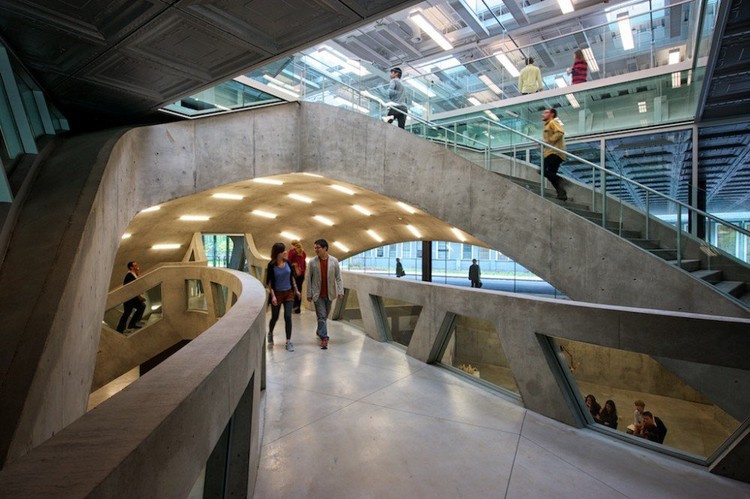
Phil Bernstein is a Vice President at Autodesk and teaches at Yale (see our interview with him here). This post, originally published in 2011 on his blog as "Winter Commencement," offers timeless advice for architecture students about to enter the job market.
As December now rolls around it's the eve of my last lecture in my professional practice class at Yale. Although I've been teaching for almost twenty-five years, I still can't believe how quickly the semester accelerates into Thanksgiving, and suddenly it's all over but the shouting (or, in our case, final projects and juries). About the same time as the term slammed to a closed I received a note from a student at Prarie View A&M, asking many of the existential questions that must be facing architecture students nearing their degrees. Seemed like a good time to speculate a bit about that future, and what this year's graduates might be facing as they confront the job market in the spring, with enough time between now and then to contemplate their options and plot their strategies, so here goes:
Read on to find out Phil Bernstein's 5 tips for future grads, after the break...


















